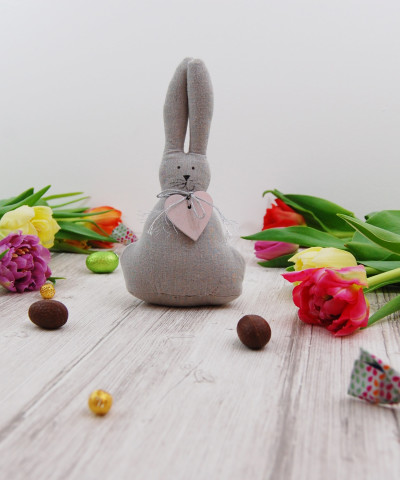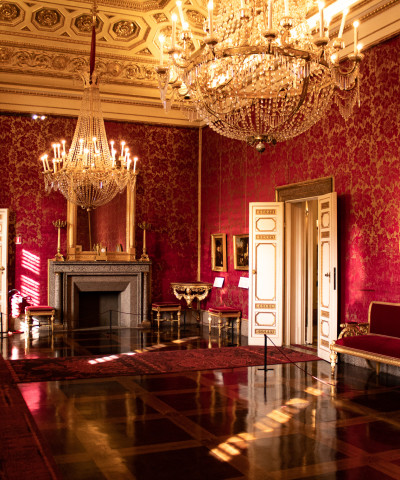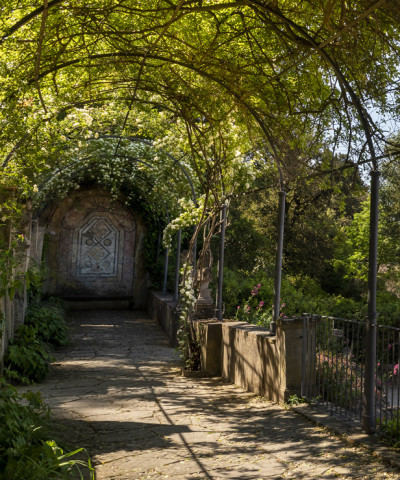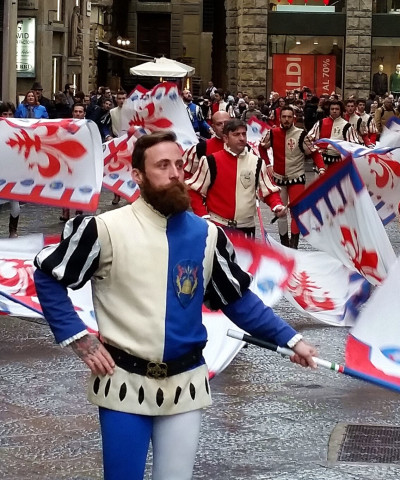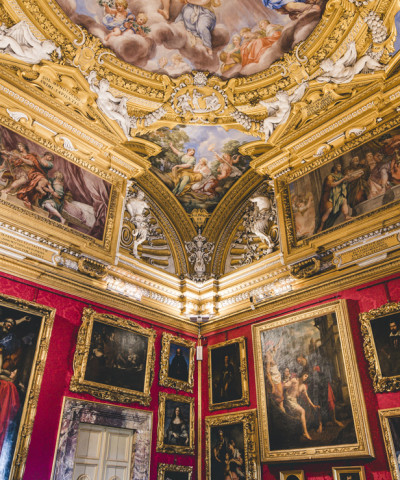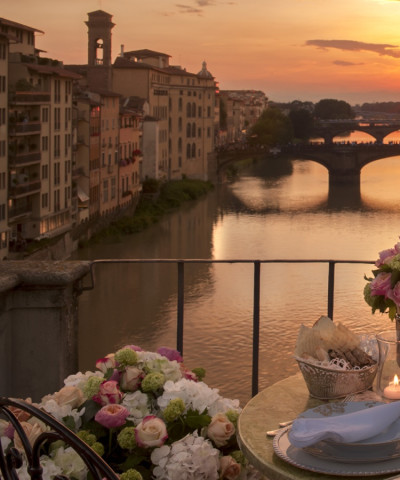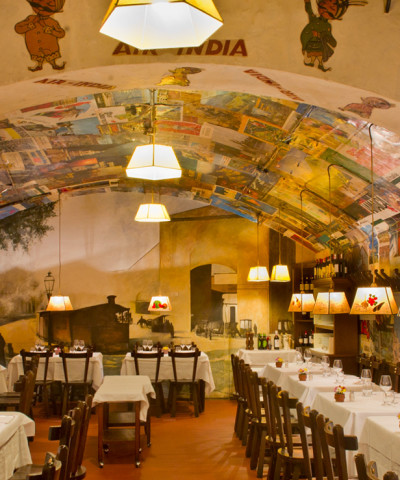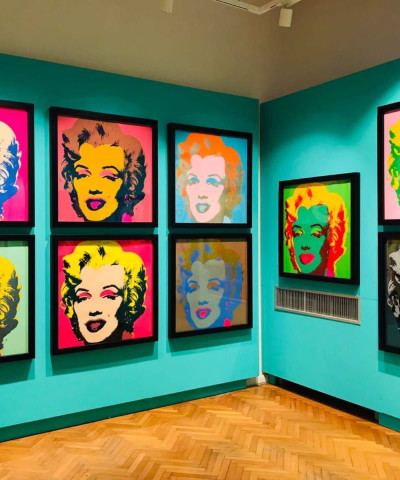Bardini Museum in Florence
We discover together the reign and works of the famous antiquarian Stefano Bardini
A few steps from Ponte alle Grazie, at Via dei Renai 37, is the Bardini Museum, born from the passion of Stefano Bardini. The museum houses over 3,600 works, including paintings, sculptures, ceramics, coins, furniture and armour. Among the masterpieces on display are Donatello's Madonna dei Cordai and Pollaiolo's Saint Michael Archangel.
What you can see in Bardini Museum
During his lifetime, Stefano Bardini amassed one of the most important collections of antiques in the world. The rooms of his Florentine palace, personally arranged by the antiquarian, house an extraordinary variety of works: Renaissance paintings and sculptures, ceramics, period coins, antique furniture, tapestries (among which the Sala dei Tappeti stands out), and armour. Among the undisputed protagonists of the collection is the Madonna, represented in numerous paintings and sculptures.
Among the most famous pieces is Donatello's Madonna dei Cordai, dated between 1433 and 1435. In this sculpture in polychrome stucco, earthenware, leather, glass and ropes, decorated with gold, the Madonna holds the Child Jesus in her arms. Also noteworthy are Giuliano's Madonna and Child, characterised by the vibrant red and blue colours of the Virgin's robes, and Tino di Camaino's Madonna, known as the Madonna with Glass Eyes, a delicate white marble sculpture.
Among the sacred works is Spinello Aretino's Christ in Pieta, a fresco from 1395 depicting Christ between the Madonna and St John. Another masterpiece is the Crucifix by Bernardo Daddi, a pupil of Giotto, painted between 1340 and 1345. Not far from this work is the famous Porcellino di Firenze, a bronze sculpture that can also be admired in Piazza del Porcellino: legend has it that rubbing the statue's snout brings good luck.
One of the most important works is Antonio del Pollaiolo's painting of the Archangel Michael slaying the dragon with his sword, a work created between 1460 and 1470. But the museum is not limited to sacred art. Among the secular works are the striking Figure Composte of vegetables, fruit and flowers, entitled Spring, Summer and Winter, created between 1555 and 1599 by a follower of Giuseppe Arcimboldo.
Since 1939, the upper floor of the museum has housed the Arnaldo Corsi collection, which reflects the collecting taste of the late 19th and early 20th century, offering a testimony to the fascination with antiques at that time.
Some interesting facts about the Bardini Museum
Bardini Blue
Wandering through the rooms of the museum, you cannot fail to notice the cornflower blue of the walls. The colour, which was intended to recreate a Renaissance atmosphere, was commissioned by Bardini himself but, after his death, it was replaced with the traditional Florentine ochre during restoration work. Fortunately, with the latest restoration, the Bardini blue has been restored, giving the museum back its old magic, given by the play of shades created by the light from the windows.
The workshop
Only a hundred metres walk from the museum is a small, unknown jewel: the workshop of Palazzo Mozzi. The palace is part of the complex that Bardini bought in the 19th century and was the place where the warehouse was set up in the shop. Today it is possible to visit it thanks to Bardini's son, Ugo, who continued his father's business by expanding it. The workshop for the restoration of works was also established in the palace; world-famous works such as Donatello's ‘Madonna of the Clouds’ (currently on display at the Boston Museum) have passed through here.
History of Bardini Museum
He dreamed of becoming a painter, but Stefano Bardini established himself as Italy's most influential antiquarian. Born in 1836 in Pieve Santo Stefano, in the province of Arezzo, he moved to Florence to study at the Academy of Fine Arts. However, attracted by the possibility of economic success, he abandoned his uncertain artistic career to dive into the thriving antiques market, which exploded in 1866 with the demonisation of ecclesiastical property. This measure poured a considerable amount of works of art onto the market, and Bardini realised that this was a unique opportunity.
Bardini became a point of reference, skilfully positioning himself between a supply of rare and prestigious works, which could often be purchased cheaply, and a growing international demand, especially from Europe and the United States. Florence, at that time, was a vital centre of craftsmen and restorers, which Bardini managed to organise into an efficient network. At the same time, he established contacts with world-renowned museum directors and collectors, consolidating his role in the global art market.
The antiquarian contributed significantly to the spread of the myth of the Italian Renaissance throughout the world, taking an interest not only in the great masterpieces, but also in the applied arts, which are still one of the main attractions of the Bardini Museum today. Crucial to his career was the Annual Exhibition 1861 in Florence, which coincided with the birth of the Kingdom of Italy, giving him the opportunity to forge relationships with international artists and museum directors. Decisive among these was his meeting with Wilhelm von Bode, assistant director of the Royal Museums in Berlin, who opened the door to the German market for him.
His skill and foresight made him immensely wealthy: in 1880 he opened a gallery in Piazza de' Mozzi, and later bought the entire palace, turning it into a point of reference for the world's most important collectors. In 1914 Bardini decided to retire from business and devote himself to his personal dream: to create an art gallery. He died in 1922, leaving the palace and 1,172 works to the city of Florence for the creation of a museum.
In 1925, the Museo Bardini became the Museo Civico, and works from the municipal collections were added to Bardini's private collection. The current layout, the result of a decade of restoration work begun in 1999, reflects the original aesthetic and scenographic vision of the founder, who had arranged the works according to genres and a refined, theatrical taste.
Bardini Museum opening hours and ticket
The museum can be visited from Friday to Monday from 11 a.m. to 5 p.m., it is closed on New Year's Day, Easter, 1 May, Ferragosto and 25 December.
Full price ticket: 7 €
Reduced price ticket: 5.50 (18-25 years and university students)
Free ticket for under 18s, tour guides, interpreters and disabled people (and their helpers)
Guided tours and activities: 5 € for non-residents, 2,50 € for residents of the municipality of Florence









